A new atom-by-atom crystal-building method could finally make long-distance quantum communication possible.


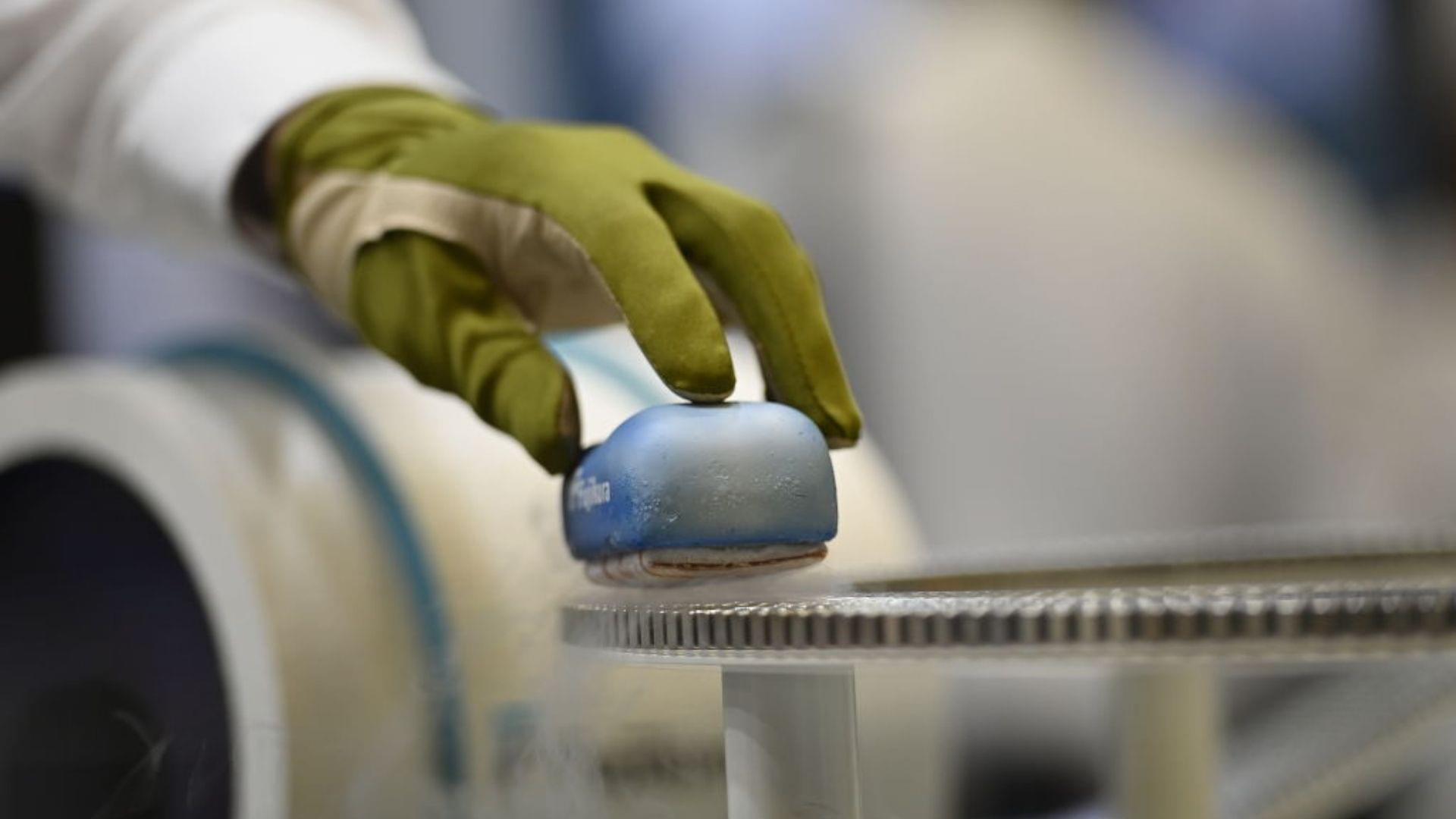
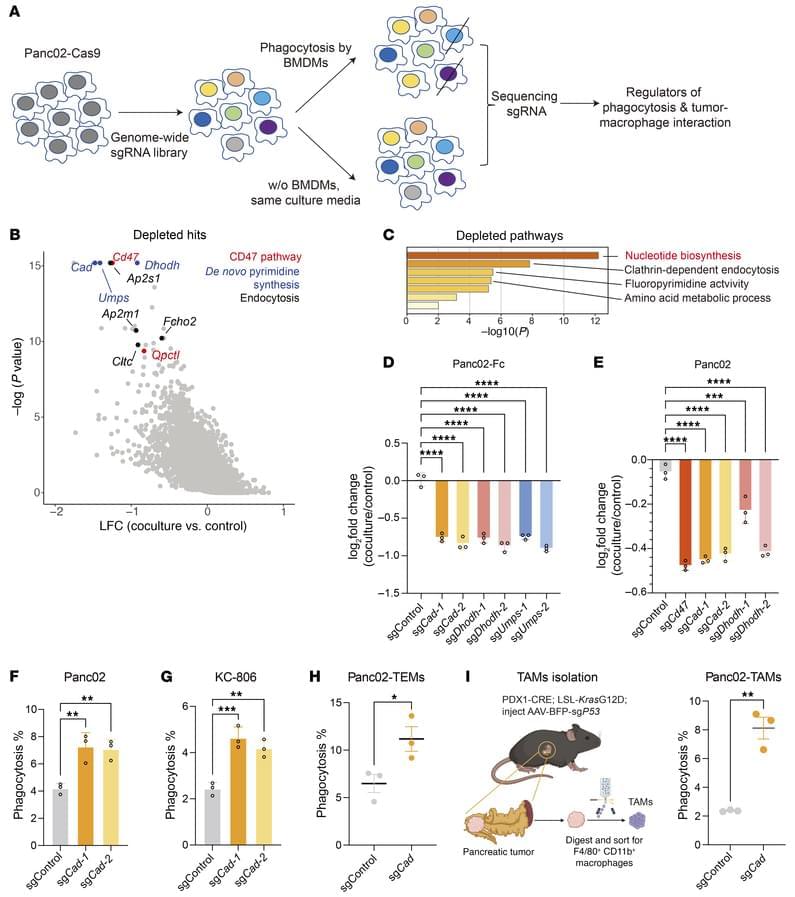
Deng Pan & team discover tumor pyrimidine synthesis shapes macrophage anti-tumor responses in mice, establishing a paradigm for tumor–macrophage metabolic crosstalk and revealing new therapeutic opportunities:
The figure shows inactivation of de novo pyrimidine synthesis promotes macrophage-mediated tumor control and phagocytosis.
1Department of Basic Medical Sciences, State Key Laboratory of Molecular Oncology, Tsinghua University, Beijing, China.
2Tsinghua-Peking Joint Centre for Life Sciences and.
3Center for Quantitative Biology, Academy for Advanced Interdisciplinary Studies, Peking University, Beijing, China.
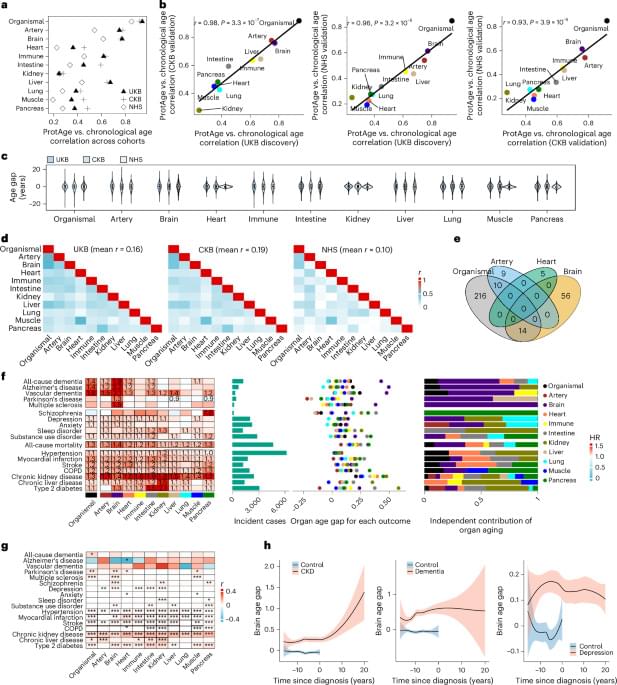

Extracellular ATP is an environmental cue in bacteria.
Extracellular ATP acts as a signal regulating physiology and immunity in eukaryotes and is elevated during intestinal infection or damage. Tronnet et al. show that extracellular ATP reprograms the transcriptional and metabolic landscapes of gut bacteria, impacting biofilm formation, production of bioactive metabolites, bacterial envelope composition, antimicrobial resistance, and virulence.
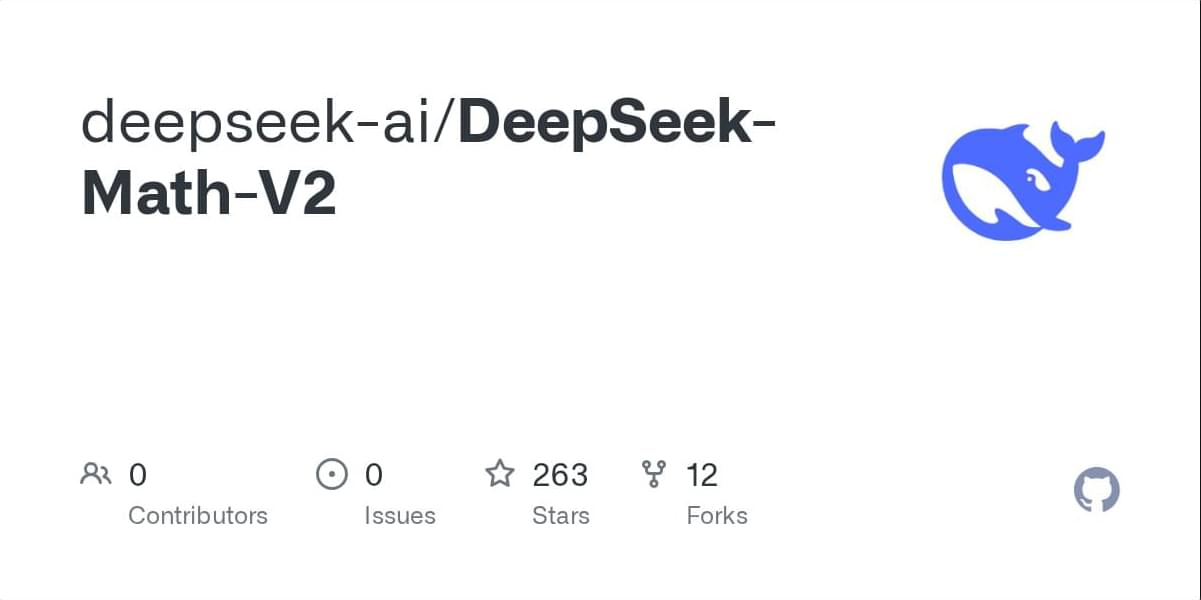
The photons in a particle accelerator’s beam dump are intense, high-energy radiation byproducts of the main physics experiment.
A team of researchers at the University of York states that this powerful radiation, specifically the photons, can be captured and repurposed. It can be utilized to create materials necessary for cancer treatment.
The target isotope, copper-67, is a highly valuable asset in oncology. The method shows potential for generating this rare isotope, which is used for both diagnosing and treating cancer.

Quantum thermal machines are devices that leverage quantum mechanical effects to convert energy into useful work or cooling, similarly to traditional heat engines or refrigerators. Thermodynamics theory suggests that increasing the reliability with which all thermal machines produce the same thermodynamic processes in time comes at a cost, such as the wasted heat or the need for extra energy.
Drawing from theories and concepts rooted in thermodynamics, physicist Yoshihiko Hasegawa at the University of Tokyo recently set out to pinpoint the limits that would constrain the precision of finite-dimensional quantum thermal machines. In a recent paper, published in Physical Review Letters, he delineates these limits and shows that quantum coherence could reduce fluctuations, improving the accuracy of quantum thermal machines.
“Thermodynamic uncertainty relations have clarified an important ‘no free lunch’ principle: if you want an operation to be more precise, you must pay more thermodynamic cost, i.e., entropy production,” Hasegawa told Phys.org. “However, those thermodynamic uncertainty relations do not forbid, in principle, pushing entropy production arbitrarily high.
The effect, first predicted over 60 years ago and regarding objects traveling near the speed of light, has been lent support by a twisted experiment.
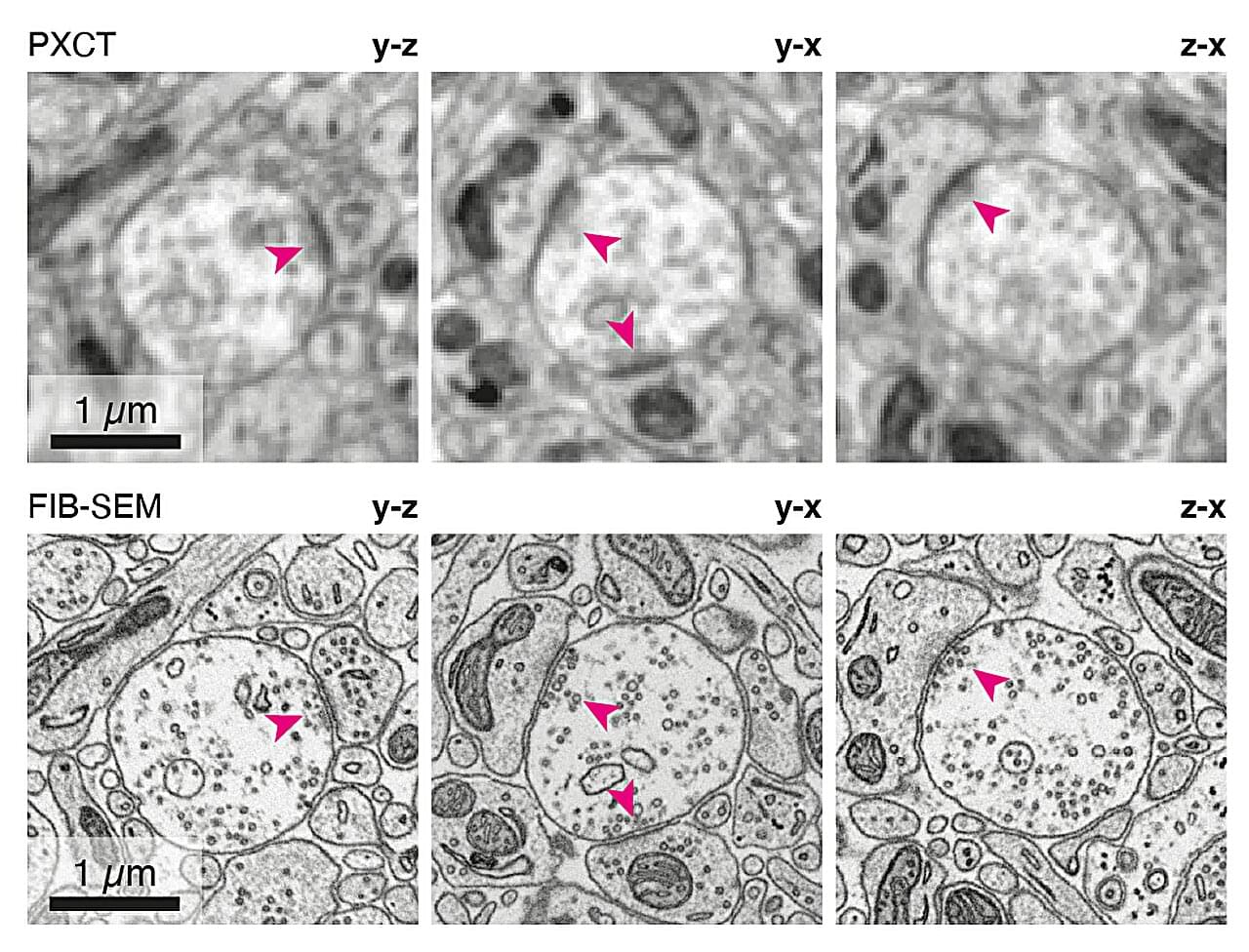
An international team of researchers led by the Francis Crick Institute, working with the Paul Scherrer Institute, has developed a new imaging protocol to capture mouse brain cell connections in precise detail. In work published in Nature Methods, they combined the use of X-rays with radiation-resistant materials sourced from the aerospace industry.
The images acquired using this technique allowed the team to see how nerve cells connect in the mouse brain, without needing to thinly slice biological tissue samples.
Volume electron microscopy (volume EM) has been the gold standard for imaging how nerve cells connect as ‘“circuitry” inside the brain. It has paved the way for scientists to create maps called connectomes, of entire brains, first in fruit fly larvae and then the adult fruit fly. This imaging involves cutting 10s of nm thin slices (tens of thousands per mm of tissue), imaging each slice and then building the images back into their 3D structure.